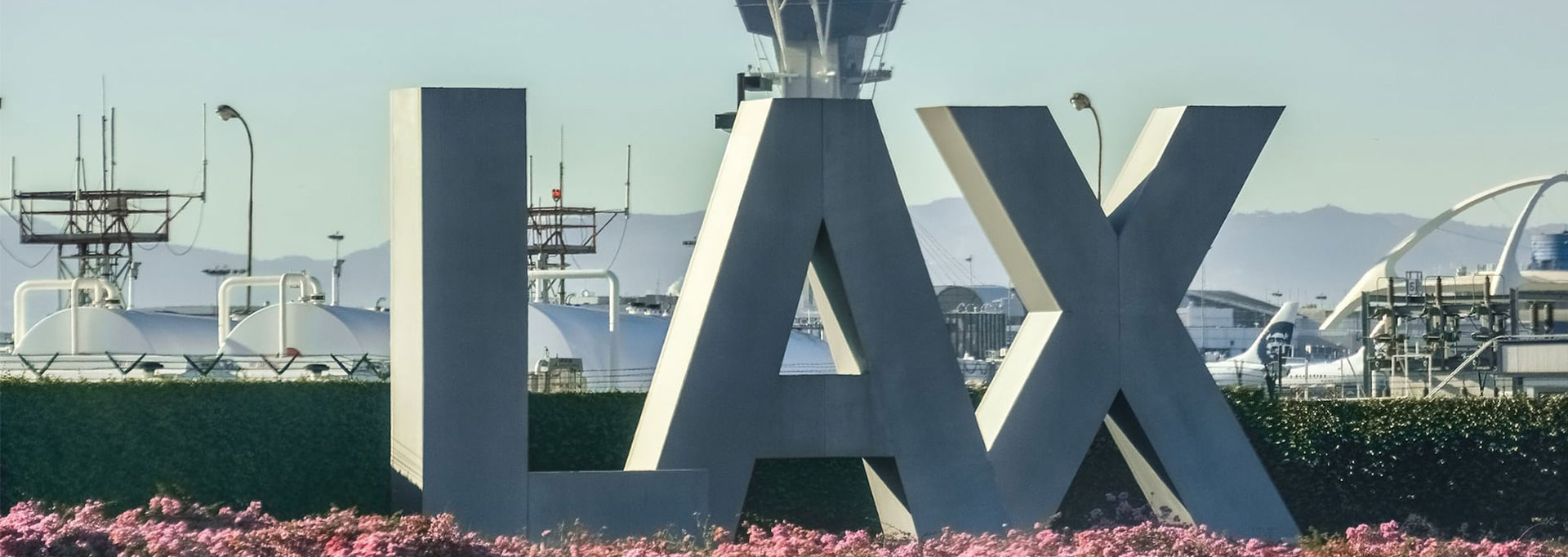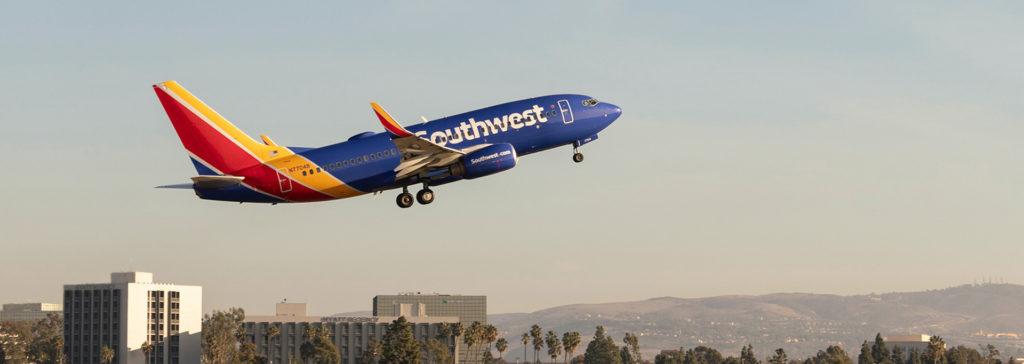Most products on this page are from partners who may compensate us. This may influence which products we write about and where and how they appear on the page. However, opinions expressed here are the author's alone, not those of any bank, credit card issuer, airline or hotel chain. This page may include information about American Express products currently unavailable on Slickdeals. American Express is not a partner of Slickdeals.
Do you ever notice some routes are only available with certain airlines or that the price to fly a particular route varies greatly depending on the airline you fly? Knowing the main airline hubs and the top cities you take the most routes through means you could construct your travel plans to include layovers of your choice. Being willing to pass through hubs (versus direct flights) can mean huge savings on airfare and an extra vacation virtually for free. Here's what you need to know to put this savvy trick into motion.
What Are Airport Hubs?
To provide more efficiency and lower operational costs, airlines generally operate from a hub-and-spoke model. In a hub-and-spoke network, you connect to an airline’s hub first and then to your destination from there. Sometimes, multiple hub connections are involved for especially long flights or smaller airports.
By operating a more condensed network of hub airports, airlines can cut down on the number of empty seats on each flight—this, in turn, helps airlines save on operational costs, and they can (hopefully) pass those savings on to travelers.
For example, anyone flying Delta Airlines regularly has likely connected through its main hub airports in Atlanta or Minneapolis. So, instead of flying a direct route from Hartford, Connecticut, to Lincoln, Nebraska, (which would largely be empty) Delta can connect each of these planes through Minneapolis to corral passengers on a profitable route and schedule.
Knowing the ins and outs of the hub network can help you save on flights. Here's how.
1. Take Advantage of Price Wars
Knowing which cities are the main hubs for different airlines can save you a significant amount of money when searching for plane tickets, especially if these hub city price wars take place during seasonal sales.
For example, if United or American Airlines wanted to undercut Delta’s profits, it might offer selected routes to Minneapolis for a much cheaper price and attract customers who are generally loyal to Delta. So, you could look at grabbing a cheaper flight from a Delta competitor to Minneapolis and combining it with a Delta flight to your destination. Since Minneapolis is one of its main hubs, Delta should offer the lowest prices on the second leg.
2. Use Longer Trips to See Friends and Family
Another way people can save using hubs is by identifying their nearest main hub and several hub cities where they have friends or family.
For instance, my friend in Los Angeles lives close to LAX (a United Airlines hub) and also has close family and friends in United's hubs of Houston (IAH) and Newark (EWR). She travels to Europe and Mexico several times a year, so she specifically looks for routes that stopover in either Houston (which is United's main hub to fly to Central America) to visit her parents or Newark (which is United's hub for flights headed to Europe) where she can take a cab to see and stay with friends during her NYC layover.
By searching for air travel via United's "multi-city" search online and plugging in her preferred cities (hubs) and dates, she often finds deals that take her through cities where she can stay and visit family on her way to her main vacation destination.
These multi-leg flights are usually less expensive than buying direct round-trip tickets from Los Angeles, and more convenient than long layovers in cities where you have no connections or are stuck in a terminal for extra long layovers.
Plus, in some cases, you can even choose a multi-night layover (for the same or lower price), which gives you even more time to visit a friend or family member or explore a city.
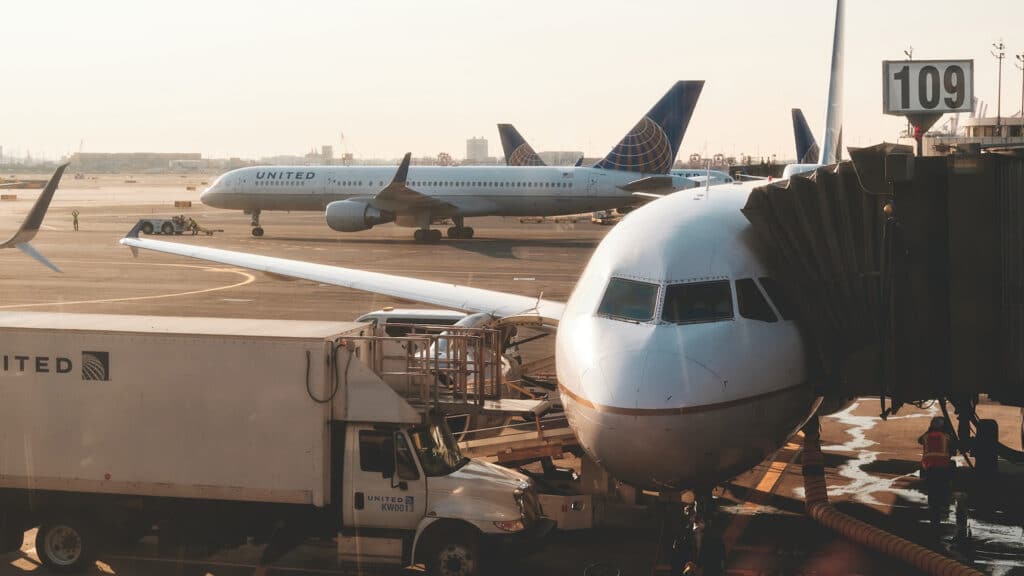
3. Book With Miles
If you plan to use miles for your next plane ticket, compare the cost of traveling through one hub airport to another as it may vary significantly.
For example, a friend lives in Pittsburgh and frequently visits her parents in Phoenix. American has multiple flights a day with connections in Dallas Fort Worth (DFW), Philadelphia (PHL), New York (JFK) and Chicago (ORD). If she chooses to fly through Philadelphia, it is as low as 19,000 miles round trip. But to go through Chicago or Dallas Fort Worth, it can be as high as 39,500—that's almost double the miles.
The travel time may often be one hour shorter, but considering she could book two round-trip tickets through Philadelphia for the cost in miles of one through Dallas Fort Worth or Chicago, that extra time in transit is worth it.
Earn Valuable Points or Miles for TravelBest Travel Credit Cards
Visit the Marketplace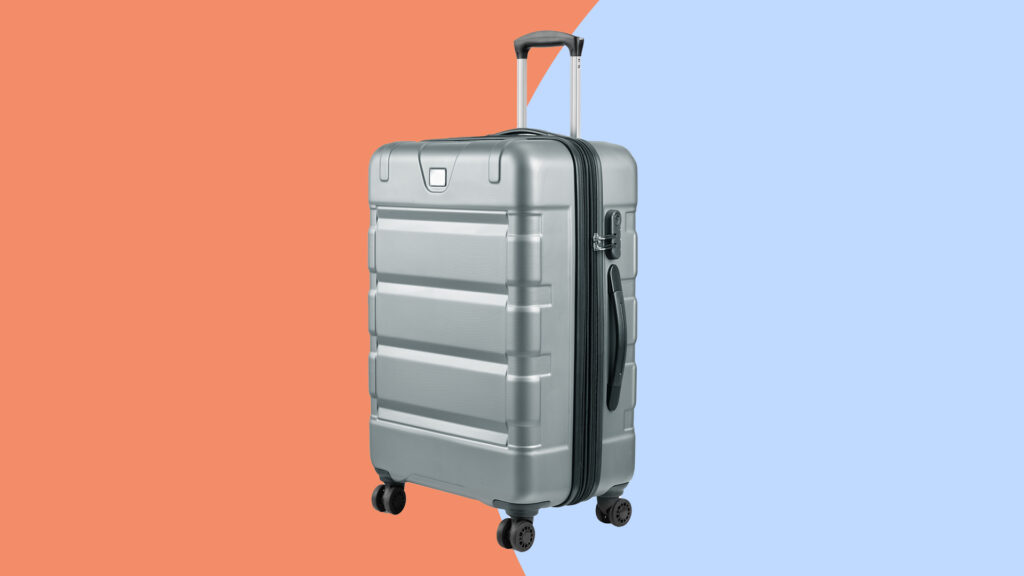
Airport Hubs for Most Popular Domestic Airlines
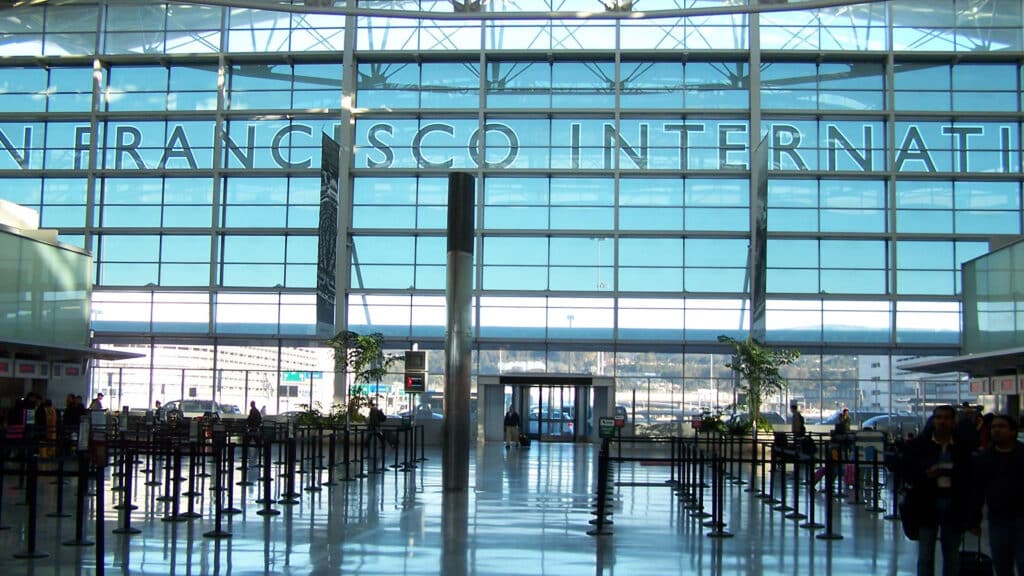
United Airlines City Hubs
- Chicago O’Hare International Airport (ORD)
- Denver International Airport (DEN)
- George Bush Intercontinental Airport in Houston (IAH)
- Los Angeles International Airport (LAX)
- Newark Liberty International Airport (EWR)
- San Francisco International Airport (SFO)
- Washington Dulles International Airport (IAD)
Alaska Airlines City Hubs
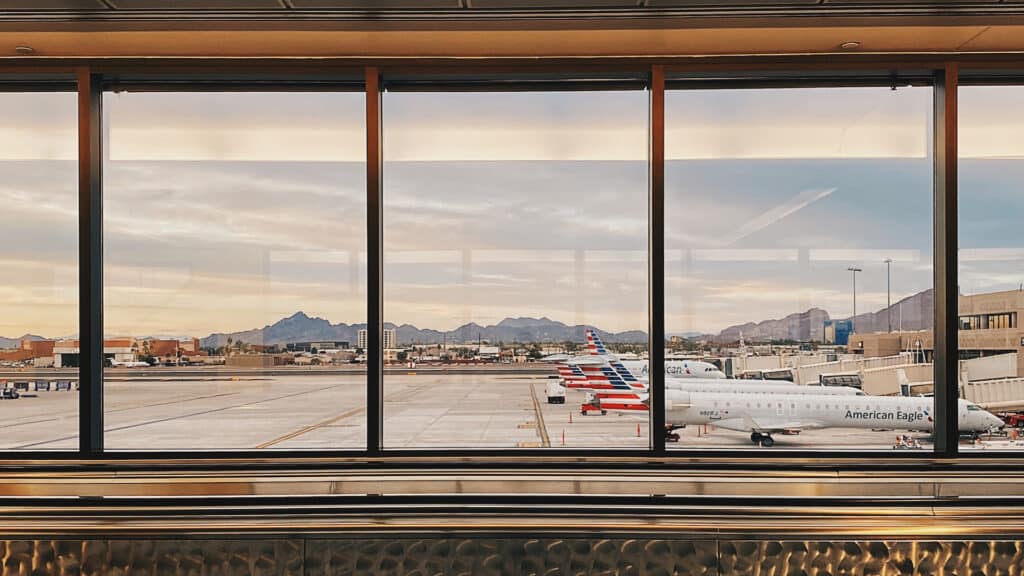
- Seattle-Tacoma International Airport (SEA)
- Ted Stevens Anchorage International Airport (ANC)
- Los Angeles International Airport (LAX)
- Portland International Airport (PDX)
- San Francisco International Airport (SFO)
American Airlines City Hubs
- Dallas Fort Worth International Airport (DFW)
- Charlotte Douglas International Airport (CLT)
- Chicago O’Hare International Airport (ORD)
- Los Angeles International Airport (LAX)
- Miami International Airport (MIA)
- John F. Kennedy International Airport in New York (JFK)
- LaGuardia International Airport in New York (LGA)
- Philadelphia International Airport (PHL)
- Phoenix Sky Harbor International Airport (PHX)
- Reagan National Airport, serving Washington, D.C. (DCA)
Delta Airlines City Hubs
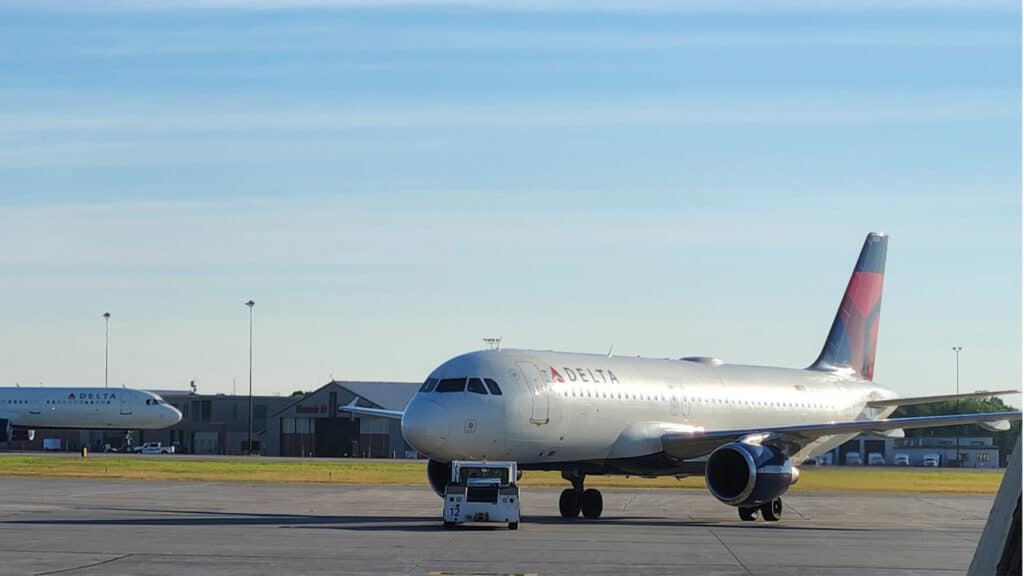
- Hartsfield-Jackson Atlanta International Airport (ATL)
- Boston Logan International Airport (BOS)
- Detroit Metro Airport (DTW)
- Los Angeles International Airport (LAX)
- Minneapolis-St. Paul International Airport (MSP)
- John F. Kennedy International Airport in New York (JFK)
- LaGuardia International Airport in New York (LGA)
- Salt Lake City International Airport (SLC)
- Seattle-Tacoma International Airport (SEA)
JetBlue Focus Cities
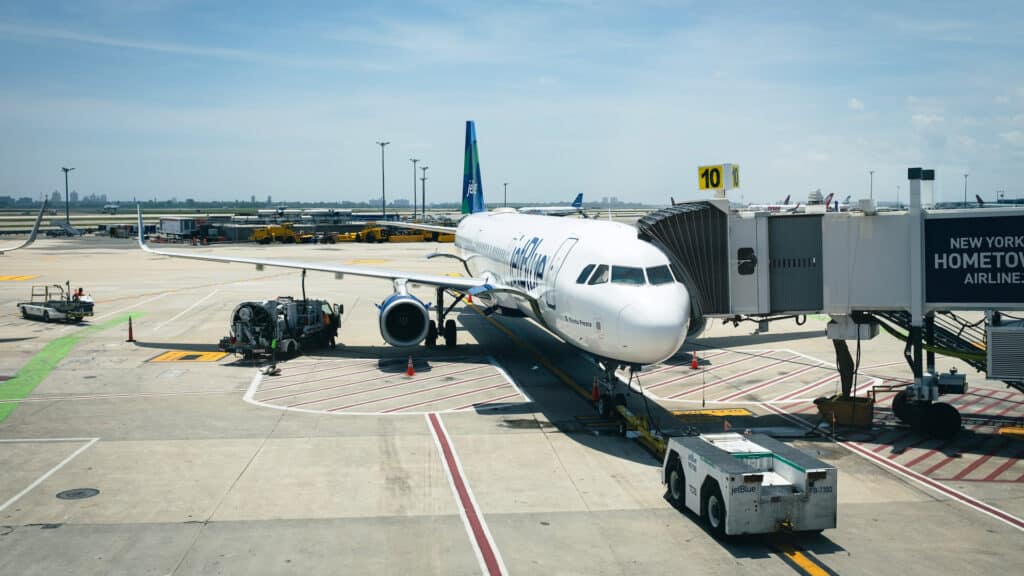
- John F. Kennedy International Airport in New York (JFK)
- Boston Logan International Airport (BOS)
- Fort Lauderdale-Hollywood International Airport (FLL)
- Long Beach Airport (LGB)
- Orlando International Airport (MCO)
- San Juan Airport (SJU)
Southwest Airlines Operating Bases
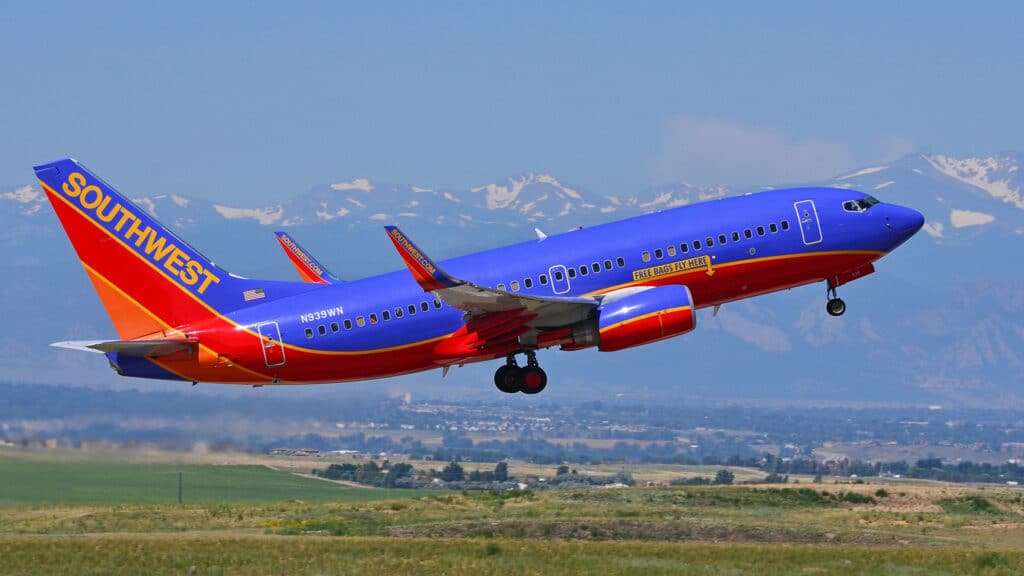
- Hartsfield-Jackson Atlanta International Airport (ATL)
- Baltimore/Washington International Thurgood Marshall Airport (BWI)
- Chicago Midway International Airport (MDW)
- Dallas Love Field Airport (DAL)
- Denver International Airport (DEN) Houston Hobby Airport (HOU)
- Harry Reid International Airport in Las Vegas (LAS)
- Los Angeles International Airport (LAX)
- Oakland International Airport (OAK)
- Orlando International Airport (MCO)
- Phoenix Sky Harbor International Airport (PHX)
You can also check out these resources for finding airport hubs in your area:
- FlightConnections®: Maps all direct flights and connecting flights worldwide
- Search Google for "Wikipedia + airport name": This will take you to the Wikipedia page for a specific airport, and it lists airlines that operate out of that airport and which cities those airlines fly to from a given airport (under airlines and destinations). It also denotes which airlines use that airport as a hub.
